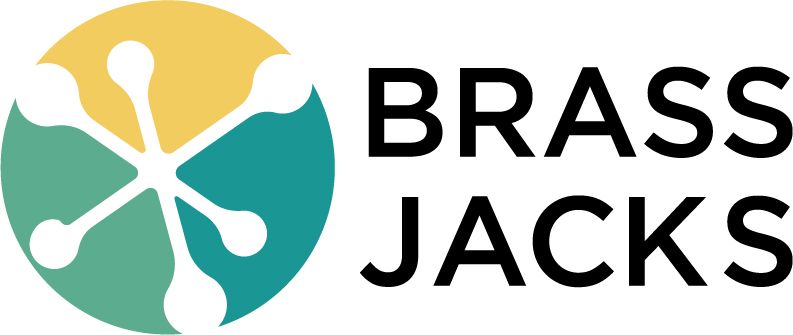Big changes are coming to payroll taxes in 2025, especially for workers who receive tips and overtime pay. While headlines are promising amazing tax relief, the reality is more complex. There are new rules around which earnings are tax free, new requirements for employers and bookkeepers, and a quick turnaround time for payroll systems everywhere. Here’s what you need to know, and how you can prepare for the coming transition.
The buzz around these changes has been summed up as “no tax on tips or overtime!" But let’s dive into what’s really happening behind the scenes.
- Partial Tax Relief Only: The exemption applies only to federal income tax. Workers still pay Social Security, Medicare, and all relevant state and local taxes. So, your take-home pay goes up, but not as dramatically as some may hope.
- Industry-Specific Limits for Tips: Not all employers or jobs qualify. Only those industries that customarily received tips before the end of 2024 are eligible. The IRS will release an official list by October 2, 2025, to clarify which jobs are in or out.
- $25,000 Tips Cap: This new benefit only covers the first $25,000 of tips for each employee, per year. Anything above that amount is taxed as before.
- Tax Exemption on Overtime: The biggest surprise for many: only the overtime premium—that extra 0.5x pay you earn above your standard hourly rate for overtime—qualifies for the federal income tax exemption. For most, this portion is a small slice of their paycheck. Regular time and the “time” part of “time-and-a-half” remain taxed as usual.
Example: If you earn $15/hour and work 10 hours of overtime, you’re paid $22.50/hour. But only the extra $7.50/hour, the “premium”, escapes federal income tax. You still pay all the usual other taxes, like Social Security and Medicare, on everything.
- Only the Premium Qualifies: Employers and payroll administrators must track not just total overtime, but specifically how much was paid as the 0.5x premium.
- Complex Calculations: Workers sometimes receive raises or schedule changes throughout the year, which will make retroactively calculating the overtime premium a headache.
- W-2 Complications: For 2025 onward, the W-2 will need a distinct box for the overtime premium. Payroll systems will need to be updated, and in many cases, there’s no easy way to extract this info after the fact, especially if it hasn’t been tracked as a separate payroll item.
- Hourly vs. Salary Workers: Only hourly employees who qualify for overtime are eligible for this deduction. Salaried employees (especially those misclassified to avoid paying overtime) will not see this benefit. This may encourage employees to ask for correct hourly classification if they're routinely working overtime.
A key nuance for restaurants and other tipped industries: only voluntary tips count for the exemption. Automatic gratuities for large tables or service charges are excluded. This means payroll and merchant systems must clearly distinguish between voluntary and mandatory tips—something few are currently set up to do.
With so many changes in how pay is taxed and reported, payroll providers and bookkeepers will have much more to manage in 2025.
New required details on W-2s will include:
- Amount of voluntary tip income
- Amount paid as overtime premium (0.5x)
- Industry or job classification, to justify eligibility
Bookkeepers should audit systems now. Are overtime premiums being tracked as a separate payroll item? Can your software break out voluntary versus mandatory tips? If not, changes are needed ahead of these new reporting demands.
It’s important to note: both the tip and overtime income tax breaks are deductions, not credits.
- A tax deduction reduces your taxable income (and your tax bill), but can’t take your tax owed below zero.
- A tax credit could wipe out your bill and create a refund.
For many low-income workers (especially those whose existing tax liability is already low) this change won’t translate to much real benefit. Middle income hourly employees who regularly earn overtime or tips stand to gain the most.
Due to the complexity of these changes and the needed updates to forms and payroll software, expect delays in the 2025 tax filing season. The IRS is planning “transition relief,” likely giving more time for W-2s and other filings. Bookkeepers, employers, and employees alike should plan for a slower timeline and manage expectations accordingly.
For Employers:
- Work with your payroll provider right now to ensure tip and overtime premium tracking is happening in real time.
- Communicate to your team that the 2025 tax season will bring delays.
For Bookkeepers:
- Audit and update payroll systems to segregate overtime premiums and voluntary tips.
- Keep clients and employees informed about new forms, reporting categories, and timelines.
- Consult with a CPA or tax professional on complex cases.
For Employees:
- Expect W-2s and tax filing to take longer in 2025.
- If you’re hourly and working a lot of overtime, make sure your employer is tracking pay details accurately.
- Ask questions if anything about your pay stub or classification seems unclear.
These tax changes may offer a modest boost to some workers’ take-home pay, but getting there will require a huge effort from everyone involved - especially bookkeepers and payroll pros. Patience, proactive system updates, and clear communication will help everyone ride out this complicated transition.

